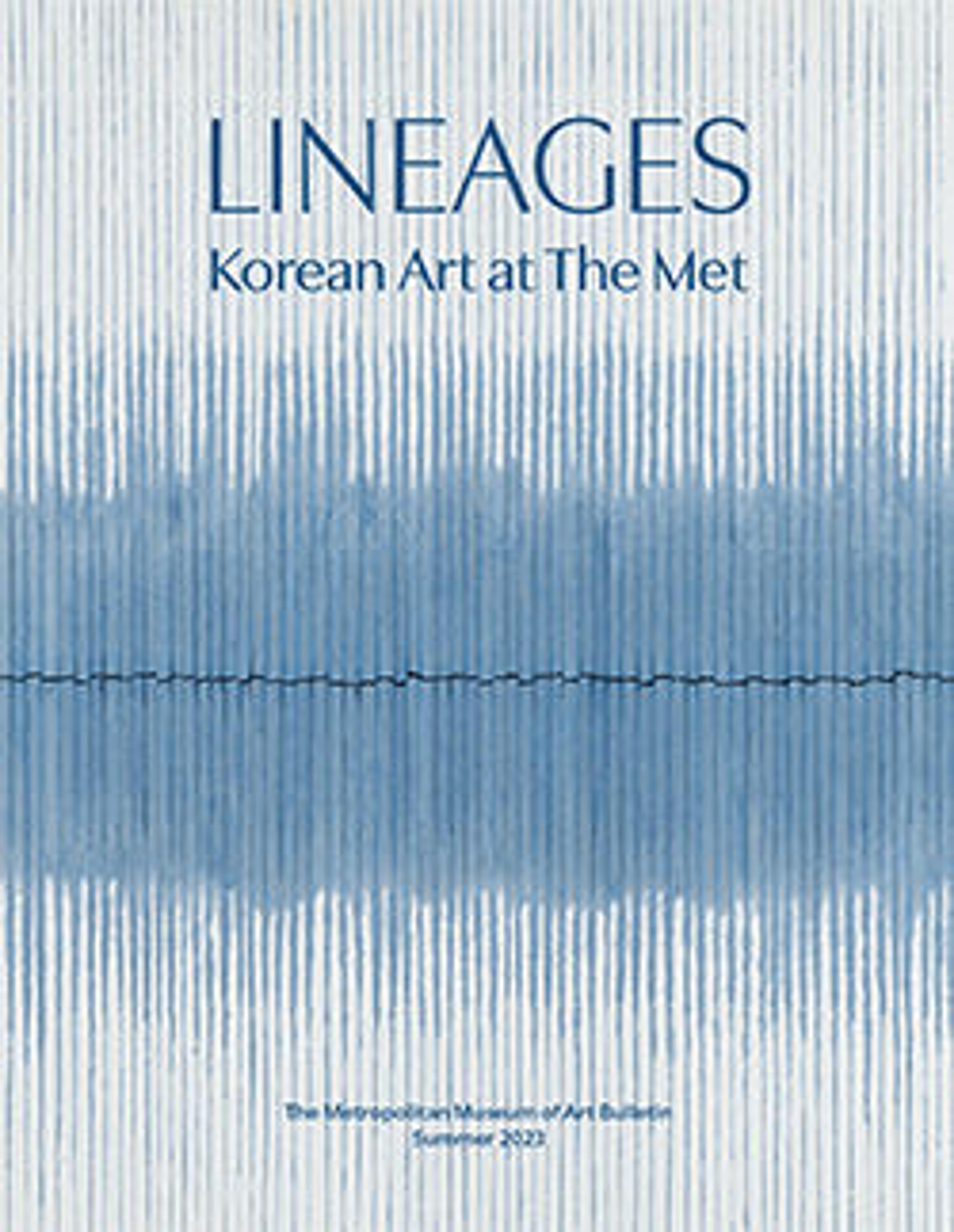Bamboo in the Wind
A great-great-grandson of King Sejong (r. 1418–50), whose reign saw a cultural flowering and the invention of hangeul (the Korean alphabet), the prominent literati artist Yi Jeong gained renown for his poetry, calligraphy, and ink paintings. His calligraphic brushwork showcases intricate techniques, seen here in the nuanced shifts and precise strokes that form the leaves’ tapered tips and bent edges. The layered bamboo in skillfully contrasted dark and light ink tones creates a sense of spatial depth. Representing Confucian and Daoist values of integrity and nobility, bamboo was cherished by East Asian scholar-painters for centuries. Bending but not breaking in the wind, bamboo embodies resilience and fortitude, traits referenced in the inscription:
Aged bamboo has grown unevenly
Branches lift together in the breeze,
Desolate and sparse, seeking to stir people,
Lingering response found nowhere else.
—Translation by Tim Zhang
Aged bamboo has grown unevenly
Branches lift together in the breeze,
Desolate and sparse, seeking to stir people,
Lingering response found nowhere else.
—Translation by Tim Zhang
Artwork Details
- 탄은 이정 대나무 조선
- 灘隱 李霆 墨竹圖 朝鮮
- Title:Bamboo in the Wind
- Artist:Yi Jeong (artist name: Taneun) (Korean, 1541–1626)
- Period:Joseon dynasty (1392–1910)
- Date:early 17th century
- Culture:Korea
- Medium:Hanging scroll; ink on silk with gold on colophon
- Dimensions:Image: 45 1/2 x 21 in. (115.6 x 53.3 cm)
Overall with mounting: 87 13/16 × 26 5/16 in. (223 × 66.8 cm)
Overall with knobs: 87 13/16 × 28 3/4 in. (223 × 73 cm) - Classification:Paintings
- Credit Line:Mary Griggs Burke Collection, Gift of the Mary and Jackson Burke Foundation, 2015
- Object Number:2015.300.299
- Curatorial Department: Asian Art
More Artwork
Research Resources
The Met provides unparalleled resources for research and welcomes an international community of students and scholars. The Met's Open Access API is where creators and researchers can connect to the The Met collection. Open Access data and public domain images are available for unrestricted commercial and noncommercial use without permission or fee.
To request images under copyright and other restrictions, please use this Image Request form.
Feedback
We continue to research and examine historical and cultural context for objects in The Met collection. If you have comments or questions about this object record, please contact us using the form below. The Museum looks forward to receiving your comments.
